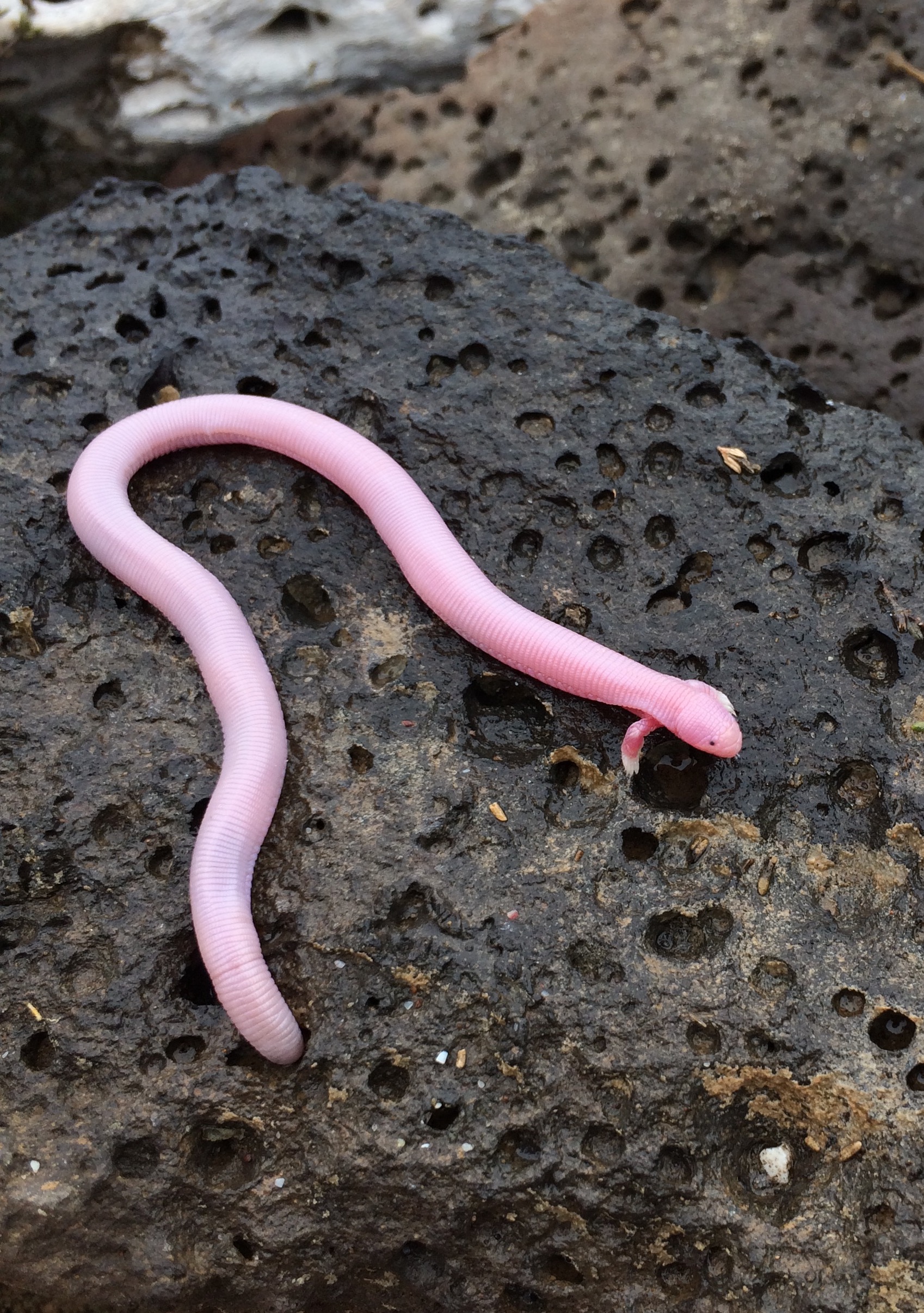Weird Worm-Lizard Creature Looks Like a Serpentine Centaur
With just its head and front legs peeking out from its underground burrow, the Mexican mole lizard could pass for a slender, pink lizard — until it emerges completely, its body etched with ring after earthworm-like ring. But despite its regular lizard-like appearance, the reptile doesn't have any hind legs. To the uninitiated, this lizard-on-top, worm-on-the-bottom creature appears to be a sort of serpentine centaur.
As arresting as it may be, the lizard's appearance wasn't what shocked Sara Ruane, a professor of evolutionary biology and herpetology at Rutgers University-Newark, when she discovered one in a trap in mid-June on a trip to Baja California to teach a course with the conservation group Islands & Seas.
"I was digging around [inside the trap], pulled this thing out and started screaming and shrieking and ran back the couple hundred meters to where the people we were with had the camp set up and was just shocked," Ruane told Live Science. [Album: Bizarre Frogs, Lizards and Salamanders]

She initially doubted herself only because she considered a Mexican mole lizard "some sort of mythical thing to find," she said. Neither snake nor lizard nor worm, the Mexican mole lizard, Bipes biporus, shares the suborder Amphisbaenian along with three other species of two-legged burrowers.
The creature has, in fact, inspired a dark story that haunts some people who share its stomping ground: It's said that the creature will wriggle out of toilets into the nether regions of unassuming bathroomgoers, aided by their suppository-shaped heads, the herpetologist Lee Grismer explains in the book, "Amphibians and Reptiles of Baja California, Including Its Pacific Islands and the Islands in the Sea of Cortés" (University of California Press, 2002).
Thankfully, "there's no truth to [the story]," Ruane told Live Science in an email.
In real life, Mexican mole lizards, which grow to be a bit shorter than the length of a strand of spaghetti (9.4 inches, or 24 centimeters), restrict their burrowing to the ground. But, because their tunnels are also the prefect proportion for small snakes, scientists suspect snakes are the Mexican mole lizard's biggest threat.
Sign up for the Live Science daily newsletter now
Get the world’s most fascinating discoveries delivered straight to your inbox.
Luckily, the reptiles have a clever way to block hungry snakes: they can self-amputate their tails on command. This might be a way to plug the burrow while the threatened Mexican mole lizard makes its getaway, researchers speculated in a paper published in the journal The Occasional Papers of the California Academy of Sciences in 1982.
The problem is, since they can't regenerate their tails, this trick works only once.
Original article on Live Science.











